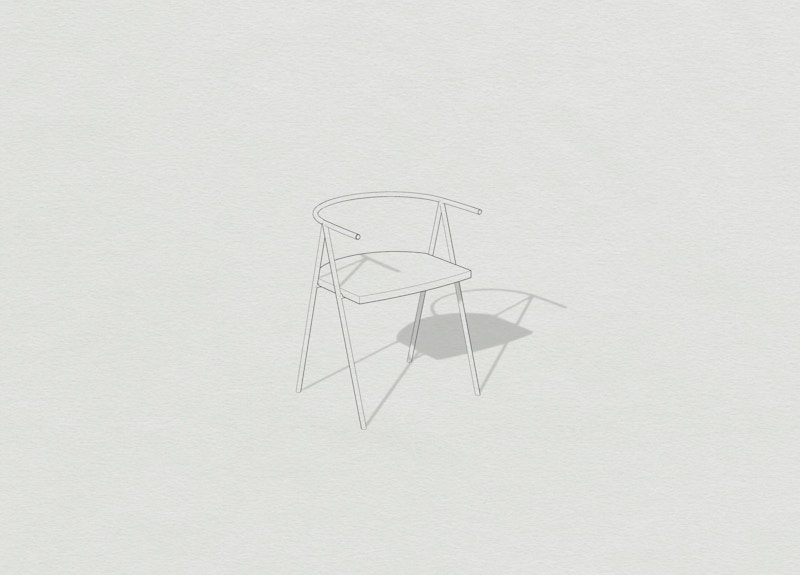
Timperly
WELCOME.
At Christian Watson, our furniture is intended to endure a lifetime of use, which is why we go to great lengths to obtain the highest-quality materials. Below is a guide to caring for your furniture. However, it is important to remember that all our finishes and materials are prone to aging over time and will discolour and show signs of wear from sunlight and daily use. (All of our products are designed for indoor use unless otherwise specified.)

HEAT.
Most furniture doesn’t like direct heat sources for a long periods of time, this can lead to unexpected damage to the frame that may not be immediately visible. A general rule of thumb is to keep a distance of around 30/35cm (300/350mm) of space between sources such as radiators and your furniture. Direct heat will damage the surface, like hot cups of tea and coffee, as well as pots and pans, and serving plates that are not placed onto a trivet/coaster will damage the surface. Heat over a prolonged period of time may cause the surface to discolour and/or crack.
DAMP.
It is not advised to leave your furniture in a damp environment for long periods of time as damp can cause the metal to rust. Rust is detrimental to the surface as well as the structural integrity of the product. Damp can be prevented by removing moisture from the air using a dehumidifier and/or by heating the room to an ambient room temperature.
If any rust is found, we recommend removing it from the room to stop the spread to other metal surfaces as well as to prevent mess. Unfortunately, rust is irreparable, and the product will have to be replaced. (fees will apply)
METAL SURFACE FINISH.
To clean the surface finish we recommend using a clean, dry cloth with no loose hairs, such as a microfiber cloth and avoid using any chemical or solvent based agents. Instead, use soapy water or any plant-based all-purpose cleaner. Apply sparingly and do not leave any residue on the surface. For hard-to-reach areas a soft clean, dry brush can also be used to good effect.
CORK.
We source the best materials possible for all of our furniture, but just like all-natural materials, they do have their own characteristics. Our cork is finished with a matte lacquer that has inbuilt UV properties to protect it from fading in sunlight. Unfortunately, the cork will still fade over time if exposed to sunlight. We therefore recommend that if the cork is placed in direct sunlight, that you avoid placing anything on the surface (such as a cushion or throw) for long periods of time and try to place the entire surface in the light to avoid an uneven fade.
To clean the surface of the cork, we recommend that you use a damp cloth or soapy water to remove any dirt, grime or mild stains that may appear. We recommend that you do not use any chemical or solvent based agents. To use soapy water, mix a small amount of any household dish or kitchen soap into tepid water, a good reference is ½ tsp to 1 litre of water. Once washed, remove water from the surface immediately with an absorbent cloth with no loose hairs. Do not leave any water on the surface as this may lead to surface damage or watermarks.
The surface is hard-wearing; however, it will scratch and dent. To avoid scratches, remove anything that could potentially be sharp from your pockets such as keys, wallets or money clips as these can easily damage the surface. Large scratches on the surface are irreparable from home, and if desired, may be able to be fixed at our workshop (fees will apply).
To avoid stains on the lacquer, wipe all spillages from the surface immediately with a damp cloth and dry with an absorbent cloth with no loose hairs. Common causes of staining are from food and drink such as oil and red wine.
Direct heat will damage the surface. Hot cups of tea and coffee as well as candles, pots, pans and serving plates that are not placed onto a trivet/coaster will damage the surface. Heat over a prolonged period of time may cause the surface to discolour and crack.
Lacquer can sometimes be repaired or replaced, but this is based on the severity of the issue and cannot be done from home.
WOOLEN UPHOLSTERY.
It is important to remember that the wool we use is 100% British wool and has nothing else added to it. That means that you get the best and purest wool possible. To keep it looking as great as it does, there are a few things that you need to remember.
Airing is a technique where odour can be removed by surrounding the wool in clean odourless air for an hour. Try taking it outside when it is nice and dry and let the clean air breeze through it. Alternatively leave it in a small room in the house and open the windows.
Another method to remove odour is to use a wool shampoo.
Just like carpets, wool needs regular cleaning. Gently vacuum regularly with an upholstery attachment. This will pick up all the dirt hidden in the fibres which, if left, will damage the fabric over time.
Wool's natural oils are stain resistant but if left to sit for too long can permanently stain the fabric, so it is best to clean any spills or stains as soon as possible. To do this, gently use plain water and dab the stain, or to use an approved woollen cleaner.
Once removed, dab the area dry again. Keep doing this process until the stain is removed as it will be harder to remove when dry.
Never use undiluted approved woollen cleaning agents, bleach, ammonia, soap or anything that is not intended solely for wool care.